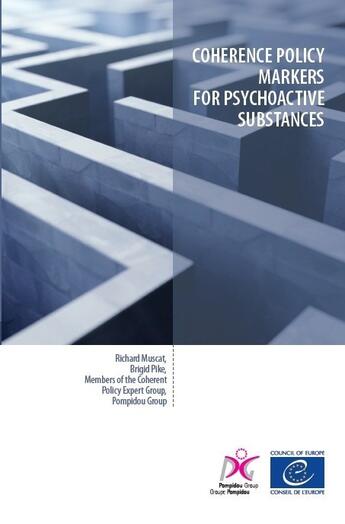Résumé:
Identifying effective approaches to creating coherent policies regarding licit and illicit drugs has been the priority of the Pompidou Group during its 2010-14 work programme. Over the years, research has evolved in this field as demonstrated in the group´s publications: From a policy on illegal... Voir plus
Identifying effective approaches to creating coherent policies regarding licit and illicit drugs has been the priority of the Pompidou Group during its 2010-14 work programme. Over the years, research has evolved in this field as demonstrated in the group´s publications: From a policy on illegal drugs to a policy on psychoactive substances in 2008 and Towards an integrated policy on psychoactive substances: a theoretical and empirical analysis in 2010, and then Reflections on the concept of coherency for a policy on psychoactive substances and beyond in 2012.
This last publication attempted to put into perspective the salient points of what may be termed a coherent policy on psychoactive substances. It proposed six indicators, around which the concept of coherency was developed: conceptualisation, policy context, legislative and regulatory frameworks, strategic frameworks, responses/interventions and structures and resources.
The initial target for the use of these six indicators is that all drugs policies should be in line with the concept of "well-being". At the very least, they should not contradict each other and at best they should be in harmony. On this basis, in 2013 and 2014, researchers refined these indicators and tested them in their countries, namely Croatia, the Czech Republic, Hungary, Ireland, Israel, Italy, Norway and Portugal to verify whether they provided a valid tool to measure the effectiveness and efficiency of a coherent policy on psychoactive substances.
The results appear in this publication and indicate that such markers may be indeed used as a basis for discussion on the issue of coherence and in some cases as a means to better implement coherent policies in respect to psychoactive substances, and also possibly policies that address other forms of addictive behaviour.
Donner votre avis














